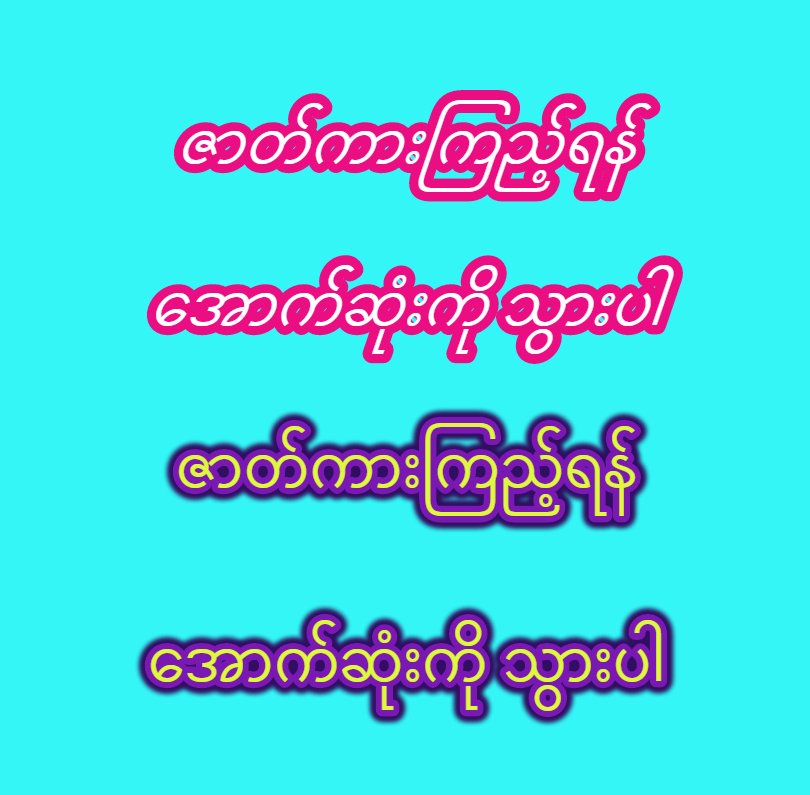
How to Choose the Right Study Method for Your Learning Style
Studying effectively is not just about putting in hours—it’s about studying smart. One of the most important steps to improving academic performance is understanding your personal learning style and choosing the right study methods that align with it. Everyone learns differently. Some people absorb information best through visuals, others through hands-on activities, and some by listening or reading.
By discovering your unique learning style and applying the right study techniques, you can boost your comprehension, retention, and confidence in any subject. In this article, we’ll explore different learning styles, how to identify yours, and how to match it with proven study strategies.
Understanding Learning Styles
Learning styles refer to the preferred ways individuals process and understand information. While there are many models of learning styles, one of the most widely recognized is the VARK model, which breaks down learners into four main categories:
- Visual Learners – Prefer using images, diagrams, and spatial understanding.
- Auditory Learners – Learn best through listening and speaking.
- Reading/Writing Learners – Prefer reading text and writing notes.
- Kinesthetic Learners – Understand information through movement and hands-on activities.
It’s important to note that most people are a mix of styles but tend to favor one more than the others. Recognizing your dominant style can help you choose study methods that make learning easier and more enjoyable.
How to Identify Your Learning Style
Here are a few ways to determine your learning style:
- Reflect on past successes: Think about times when studying went well. What methods were you using?
- Try different methods: Test a variety of techniques—videos, group discussions, flashcards, or practical exercises—and see which ones feel most natural.
- Use online quizzes: Many free tools like the VARK questionnaire can help you assess your style based on your preferences and behaviors.
- Pay attention in class: Do you find it easier to remember what a teacher says (auditory), what you see on slides (visual), or what you write down (reading/writing)?
Once you understand how you learn best, you can begin using the study techniques that align with your strengths.
Study Methods for Visual Learners
If you are a visual learner, you likely understand concepts better when they are presented graphically. Here are some effective techniques:
1. Use Mind Maps and Diagrams
Organize complex information with mind maps or flowcharts. These visual tools make connections between ideas easier to grasp and recall.
2. Color Code Notes
Use highlighters or colored pens to distinguish between concepts, themes, or categories. Color-coding helps your brain categorize information more clearly.
3. Watch Educational Videos
Platforms like YouTube, Khan Academy, and Coursera offer videos with visual explanations that can make learning more dynamic.
4. Draw or Sketch Concepts
Even simple doodles can help visualize ideas and improve memory. Try drawing out concepts from science or history to understand them better.
Study Methods for Auditory Learners
Auditory learners retain information through sound. They benefit from discussions, lectures, and spoken repetition. Here are some study methods that work well:
1. Record and Listen to Notes
Record yourself reading notes aloud and play them back during study sessions or while doing other tasks.
2. Teach Someone Else
Explaining a concept out loud to another person helps reinforce what you’ve learned and reveals areas that need more work.
3. Join Study Groups
Group discussions and verbal interaction can help auditory learners process and remember material more effectively.
4. Use Mnemonics and Rhymes
Create rhymes, songs, or acronyms to help memorize key facts or definitions in a fun and engaging way.
Study Methods for Reading/Writing Learners
These learners absorb information best through written words. They prefer textbooks, handouts, and written exercises. Here are effective strategies for them:
1. Rewrite Notes by Hand
Writing notes multiple times helps reinforce the content. Summarize what you’ve read in your own words for better retention.
2. Use Flashcards
Create flashcards for vocabulary, formulas, or important dates. The act of writing and reviewing cards boosts memory.
3. Read and Annotate Textbooks
Highlight key points, underline important sentences, and write summaries in the margins. This active reading strategy helps keep you engaged.
4. Practice Essay Writing
Turn study questions into short essays. This improves understanding and helps prepare for written exams.
Study Methods for Kinesthetic Learners
Kinesthetic learners prefer hands-on learning and movement. They benefit from doing, rather than just watching or listening. Try these strategies:
1. Use Physical Objects
Use models, charts, or real-life examples to understand concepts. For instance, using coins to learn math or acting out historical events.
2. Take Frequent Breaks
Short, active breaks between study sessions can help maintain focus and reduce fatigue.
3. Study While Moving
Try walking around while reviewing flashcards or reciting facts. Movement helps these learners stay alert and focused.
4. Simulate Real-Life Situations
If possible, apply what you’re learning in real situations—like conducting a science experiment or practicing a language with a native speaker.
Combining Learning Styles: The Multimodal Approach
Many people are multimodal learners, meaning they benefit from a combination of styles. If you fall into this category, don’t feel limited to one technique. Instead, mix and match based on the subject or your current needs.
For example:
- Use videos (visual + auditory) to learn a new concept.
- Follow up with reading and writing notes to reinforce understanding.
- Practice the skill in a hands-on way to cement the knowledge.
This integrated approach can create deeper and more lasting learning experiences.
General Tips to Improve Study Efficiency
Regardless of your learning style, these universal strategies can enhance your study routine:
1. Set Clear Goals
Break your study sessions into specific tasks—like reviewing a chapter, completing exercises, or memorizing vocabulary.
2. Create a Study Schedule
Consistent routines help build discipline. Plan regular sessions, and stick to them as closely as possible.
3. Avoid Multitasking
Focus on one topic at a time. Eliminating distractions can dramatically improve your focus and comprehension.
4. Practice Active Recall
Instead of re-reading material, test yourself on it. Use practice quizzes, flashcards, or self-explanations to actively engage your memory.
5. Use the Pomodoro Technique
Study for 25 minutes, then take a 5-minute break. After four sessions, take a longer 15–30 minute break. This boosts concentration and prevents burnout.
Conclusion
Choosing the right study method begins with knowing how you learn best. Whether you’re a visual, auditory, reading/writing, or kinesthetic learner, there are techniques tailored to your strengths that can help you study more effectively. Remember, there is no “one-size-fits-all” approach. The best study method is the one that fits your unique learning style, keeps you motivated, and helps you retain knowledge long-term.
Experiment with different strategies, observe what works for you, and don’t be afraid to adapt as your learning needs evolve. With the right approach, studying can become not just more effective—but also more enjoyable and rewarding.

